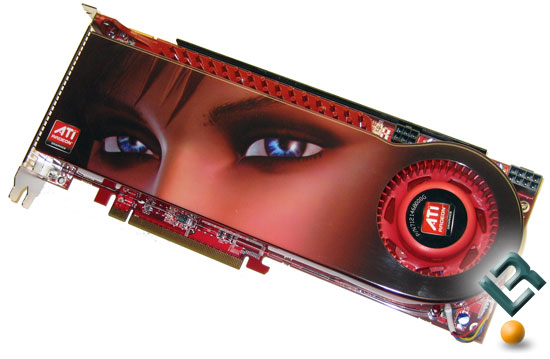

May Run Fluently – How graphics cards operate in the game is being examined for the time being. As per interpolation of the similar graphics cards showing low frame rates, the game is possible to lag.įluent – In considering all graphics benchmarks, the game speed is likely to be 25 fps or more.įluent – In considering all graphics benchmarks, the game speed is likely to be 35 fps or more.įluent – In considering all graphics benchmarks, the game speed is likely to be 58 fps or more. May Stutter – How graphics cards operate in the game is being examined for the time being. As per interpolation of the similar graphics cards showing low frame rates, the game is possible to lag. It makes the review look like it was done by kindergarteners.Stutter – How graphics cards operate in the game is being examined for the time being. Lastly, please get those annoying gigantonormous screenies out of the review. You're giving high weights to resolutions that only a fraction of a percentage point of dedicated gamers can utilize (and those wouldn't bother with a single GPU).

It just throws off averages, as people aren't going to run this game at 7fps! If there's no card in the lineup that gets close to 30fps in a certain test, just move on! Save it for the quad crossfire or triple sli tests or something. Secondly, why in the world are you including tests that don't fit the definition of "playable" on any card in your test lineup (Crysis 2560x1600). why throw in results of 0 across the board for the 4850? You just corrupted your data and made the final fps averages meaningless, which is the thing people were generally interested in. If you attribute your 4850 test crashing due to your motherboard.

not a burned out overclocked Asus motherboard. First off, this should be a review of graphics cards. No offense, Fedy Abi-Chahla and Florian Charpentier, and thanks for the hard work, but I think the article should be revised a bit. It remains to be seen whether this new version really deserves to exist, except that it’s always a positive point for the purchaser to be able to distinguish between the two versions of the GPU (which wouldn’t have been possible with a gradual replacement of the 9800 GTX’ GPU). We initially wondered why Nvidia hasn’t called the new card "GeForce 9800 Ultra," and that would appear to be the explanation. And… that’s all! All the other characteristics (with the possible exception of temperature and power consumption, which we’ll check later) remain identical. That, by the way, is the main innovation of this card, and it allows a 9% boost in GPU frequency (and ALU frequency). That’s no longer an advantage for AMD, however, with Nvidia catching up with the 9800 GTX +, which introduced the G92b, a G92 engraved at 55 nm and which, according to our measurements, is 5% smaller than the RV770 thanks to its smaller number of transistors. And AMD still has a clear lag in the number of texture units and ROPs, and seems not to have learned from the errors of the past in that department.Įngraved at 55 nm, the RV770 is a relatively small chip at 260 mm², less than half the size of the GT 200. Yet, due to its keeping a 256-bit memory bus, memory bandwidth remains a little weak. When looking at the main characteristics, first of all the 4850 seems to leave the 9800 GTX, or even its + version, no chance – with 27% more transistors, 800 ALUs, and a theoretical processing power of 1 Tflop, or 42% higher, not to mention support for Direct3D 10.1 and a superiority that’s often quite marked in synthetic tests, as we’ve seen.


 0 kommentar(er)
0 kommentar(er)
